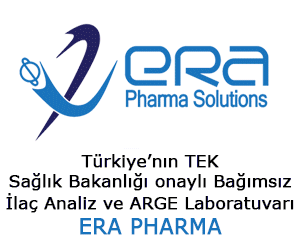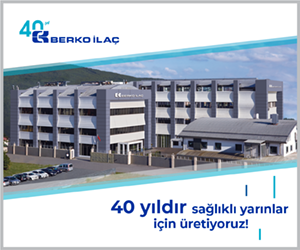Catherine Suski
Yeni ilaçların geliştirilmesinin mali açıdan riskli bir çaba olduğu bilinen bir gerçektir. İlaç Geliştirme Çalışması Merkezi’ne göre, yeni bir ilacın ortalama maliyeti ilaç başarısızlıkları ve harcanan zaman da dahil olmak üzere 2.6 milyar dolar. Bu yıldırıcı matematiği oluşturmak için, klinik araştırmalara giren ilaçların yalnızca% 12’si onaylanmış bir ilaç olarak sonuçlanır.
It is a well-known fact that developing new drugs is a financially risky endeavor. The average cost of a new drug is $2.6 billion, including drug failures and time spent, according to the Tufts Center for the Study of Drug Development. To compound this daunting math, only 12% of drugs entering clinical trials result in an approved medicine.
Unlocking the power of patent data is a smart, cost effective way to help mitigate this risk. Although tapping competitive patent data is relatively common in many industries including pharma, we are now experiencing a greater interest from both makers of life sciences software platforms and biopharmaceutical companies.
Organizations that are not staying on top of the patent landscape may be leaving themselves more vulnerable to error in an industry where missing a crucial piece of information can be a million-dollar mistake in early phases of drug development, and a billion-dollar mistake later down the road. Patent data is a key ingredient in big data analysis to help scientists with a more targeted and successful R&D process, and increase the success rate or selection of potential drugs in the pipeline.
At the Bio-IT World Conference & Expo last May, the topic of patent data and why it is gaining traction was well covered. Several attendees said that they appreciate the value of patent information as a means of protecting intellectual property but most didn’t realize how much more the data has to offer.
Searching patents individually or performing an analysis based on large data sets is critical to answering IP questions and bringing insight to key issues. What may come as a surprise is that patent data is also an underused source for details of new scientific research and evaluating the competitive landscape.
A health science client recently told me that scientists are accustomed to doing literature searches, but the patent literature is often where the “real gems” lie — especially in translational science.
Patent documents contain a wealth of information that is available before publication in scientific journals, or often never published at all. Many researchers are amazed to hear that 80% of the information found in a patent is not available from any other source. At a recent industry event, I spoke with a well-respected patent analytics consultant who believes it is probably closer to 90%. A further boon, published patents sometimes include the results of failed research, info that could save drug companies the time and expense of repeating something that won’t work.
Published research also is taking longer to appear — well past the norm of 18-24 months. Most of the published papers do not include the full scope of the research results. This is important, and the European Patent Office has an astounding statistic to illustrate why—30% of all expenditure in R&D is wasted on redeveloping existing inventions. But basic lab results are commonly found in patents, which can save researchers time spent replicating experiments someone else has already done.
Biopharmaceutical companies are finding that patent information can be a great way to augment information they’ve found in scientific journals and conference proceedings. Patent data is increasingly accessed through cheminformatics platforms that can combine relevant information from many sources to provide the most extensive view possible. An increasing number of companies choose to use one of these platforms as well as subscribe to a secondary data service to ensure the complete privacy of their searches.
The costs to bring new drugs to market are only going to increase. Companies need to know right away when there is new science relevant to their R&D efforts to consider. Using patents will continue to become more relevant. Knowledge gained from patents empowers companies to position themselves better in a very competitive environment.
Catherine Suski is the Director of Marketing at IFI CLAIMS Patent Services. Based in New Haven, Conn., IFI CLAIMS is one of the leading global sources of standardized patent data and IP insights. Catherine can be reached at[email protected]




















